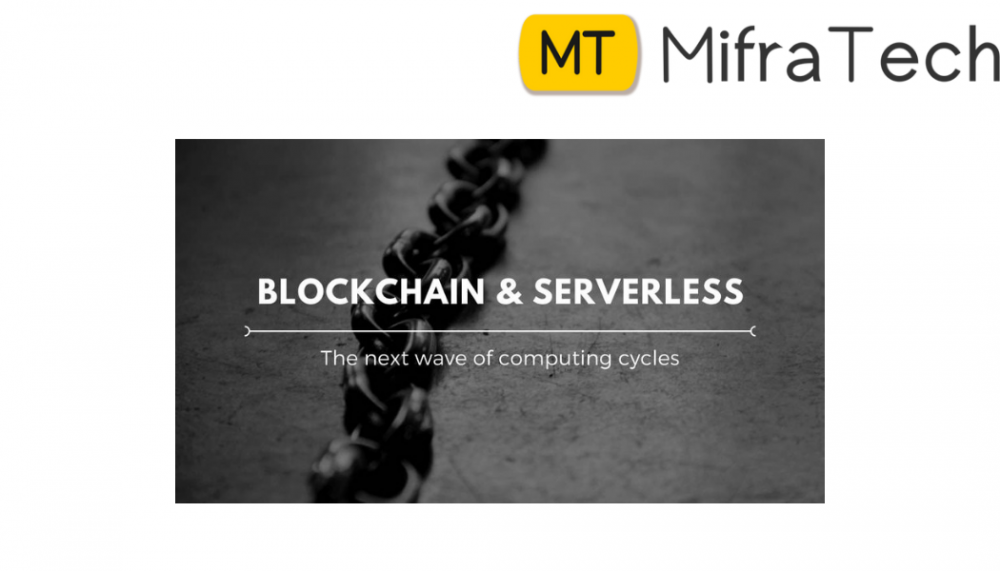
● Internet of Things (IoT) is a system where hundreds or thousands of devices/sensors could communicate each other over internet in an automated fashion for attaining certain tasks.
● IoT-enabled applications, such as cloud manufacturing, guided water quality or air quality analysis, energy-conscious societal applications, and smart agricultural economics, are designed using a blend of high-end computing technologies, such as cloud, edge, and fog.
● Social IoT (SIoT) is an emerging paradigm of IoT in which different IoT devices interact and establish relationships with each other to achieve a common goal.
● SIoT adapts a service-oriented architecture where heterogeneous IoT devices can offer or request autonomous services and collaborate on behalf of their owners.
Blockchain is a system of recording information in a way that makes it difficult or impossible to change, hack, or cheat the system.
● Societal applications exist in various disciplines – agricultural, forestry, pollution, chemical engineering, forensic, ICT domains, and so forth.The emerging societal applications could be classified in the following categories:
○ Smart living at home.
○ Smart living at society.
○ Smart environment.
○ Smart Agriculture.
○ Smart Health.
● Traditional, IoT-based societal applications were designed using centralized trusted mechanisms, including financial commitments between consumer and cloud provider.
● Typically, IoT-enabled societal applications are built up of three major components: ○ Sensor Nodes. ○ Networked Devices. ○ Actuators.
● The processes involved in an IoT cloud societal application are described as follows:
○ IoT applications, have connection points for the clients to get access to the applications through web interfaces. The interface, offers users the possibilities to access, modify, or enable analyses based on the sensor data.
○ Once the application is provisioned, the sensor data from specific locations or sites are submitted to the cloud service.
○ Later, the analysis of the sensor data is carried out at cloud servers.
Layered Architecture Perspective:
● Node layer: The node layer deals with the connectivity and communication protocols of IoT applications.These nodes are often battery operated with a limited processing capability.
● Network layer : The network layer deals with the establishment of networking between sensors and computing devices, such as cloud servers or edge devices.
● Service layer: The service layer consists of tens of thousands of services, such as storage, security, user management,, in order to loosely couple the logics with the networked devices
● Domain layer: The domain layer identifies specific domains, such as water quality, air quality, healthcare, agricultural, or smart cities and their object, and characteristics.
Iot architectures are prone to several challenges due to:
○ Poor energy efficiency and ○ Resource utilization.
● This is due to the fact that dockers or containers have to be powered on throughout the life cycle of the cloud services.
● Energy efficiency needs to be addressed in IoT architectures due to the following aspects ○ Most of the devices are battery-operated that impact computations
○ reducing the submission of data toward cloud servers tremendously decreased the accuracy of prediction objectives or application requirements.
○ Software components of architectures trust on third-party services or cloud providers while processing applications.
○ The cost inefficiency of associated services increases due to the poor resource management aspects of architecture
Serverless Blockchain for IoT Enabled Societal Applications:
● Blockchains are considered to be an immutable distributed database in a network.
● Blockchain networks provide security, irrespective of the traditional trusted security measures, in two fashions - ○ Permissionless Blockchains. ○ Permissioned Blockchains
● Blockchain technology, in general, avoids an intermediate entity to authorize transactions. The information or sensor data that need to be stored in a blockchain would be decided by the participating peers based on chaincodes. ● Peers could be controlled to access the blockchain by establishing separate P2P networks using blockchain channels.
● The information in the blockchain is stored in a timely fashion, one after the other, in the form of blocks.
Serverless Computing:
● Cloud computing has improved its approach of offering services in several ways: virtual machine-based cloud services, container-based cloud services, and serverless-enabled computing services
● Traditionally, cloud services were offered to customers as IaaS, PaaS, and SaaS. IaaS, for example, provides virtual machines, storage, networks, and so on.
● The next evolution of computing is considered to be serverless computing. It is a model where the user does not have to manage any servers.
● It is a synonym for Function-as-a-Service where the application consists of a set of short-lived functions that are invoked by triggers or events.
● serverless computing has the potential for auto-scaling and fault-tolerance.
The entities involved in the architecture and their main functions are described as follows.
● Edge Level (Sensor and Actuator Devices): These devices are power-constrained devices with a limited processing capability, In addition, not all devices can run containers.
● Fog-Level Nodes: These devices are mostly container or docker-based systems; serverless functions are utilized at these nodes so that the containers need not be powered on all the time.
The most important serverless functions that are as follows:
○ Decision-Making Functions.
○ Learning Algorithms.
○ Management and Security.
● Cloud-Level Blockchains—Stateful: The information is transferred to blockchain networks in the form of transactions.
● Cloud-Level—Serverless Functions
● Innovations in societal domains, such as agriculture,healthcare, industry, and air quality or water quality smart cities, have emanated from emerging technologies, including IoT.
● This project has introduced an innovative serverless blockchain-based IoT architecture for IoT-enabled societal applications.
● This project described the functions that could be adopted as serverless functions and expressed the approach on how blockchains could be included for securely adding immutable transactions into the ledger.
● This is a step forward contribution while considering the energy efficiency or resource utilization factors of the state-of-the-art IoT architectures.